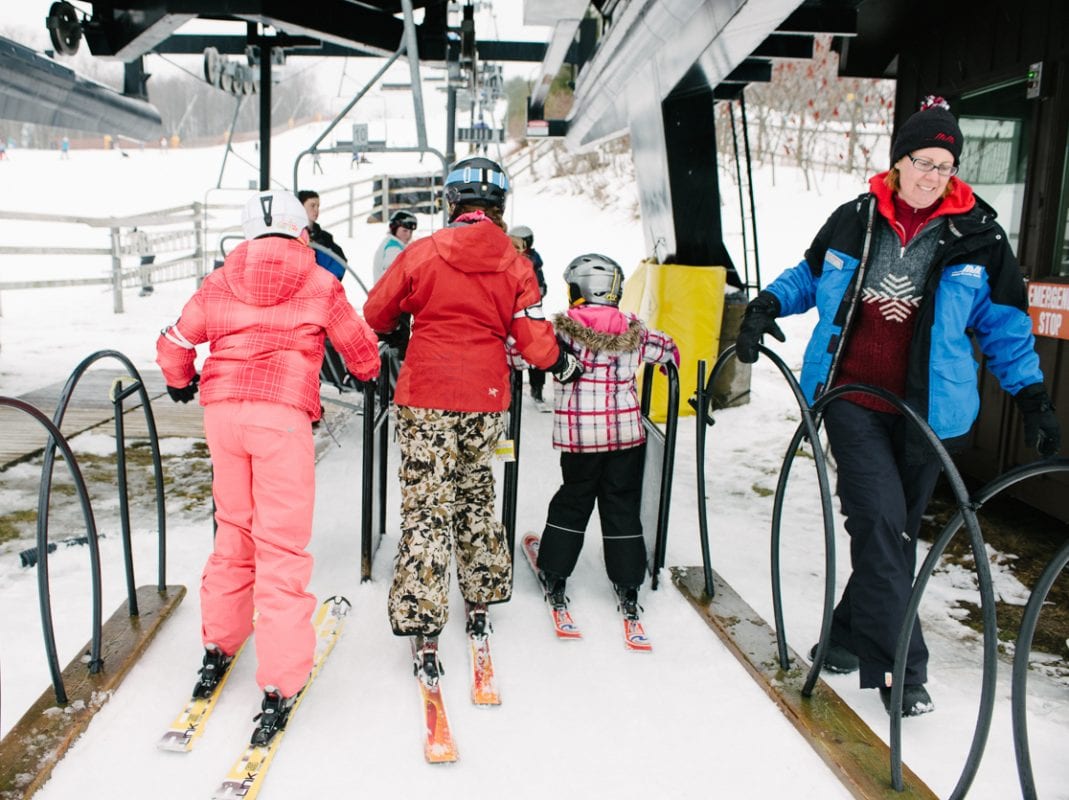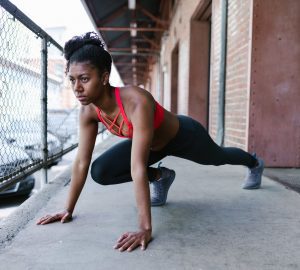Think that skiing is more like a leisurely activity than a workout? Think again. The physical demands and interval-type nature of skiing actually make it a highly effective fitness activity for adults and kids alike. If you are looking for another reason to get out of the house and go skiing, don’t miss this quick list:
Skiing for cardio exercise
Certain types of skiing, like alpine and cross-country skiing, generate a serious endurance workout that incorporates cardio exercise and strength-training. Did you know that you can burn upwards of 400 to 700 calories in one hour of cross-country skiing (depending on your speed)?
Cardio exercise helps to reinforce the heart muscle and your vascular network of arteries and blood vessels to protect against lifestyle conditions like hypertension, diabetes, obesity, and stroke. With heart disease being the second leading cause of death in Canada, routine cardio exercise like you get with skiing is critical.
Skiing for improved mental wellness
Do you suffer from seasonal affective disorder (SAD)? Upwards of 15 percent of Canadians may deal with a mild form of SAD each year. With winter comes shorter, colder days and researchers believe that lack of sunlight and disrupted body clocks may result in depression-type symptoms like tiredness, lack of motivation, reduced energy, weight gain, irritability, and feelings of hopelessness.
As an outdoor winter activity, skiing can play an important role in helping you get lots of natural light exposure to combat SAD (just make sure to get some good eye protection skiing). Spending time in nature has also been shown to improve mood and reduce stress, while exercise in general also helps generate feel-good hormones and neurochemicals.
Skiing as interval training
High-intensity interval training (HIIT) continues to trend as a leading fitness program across the world. Interestingly, many types of skiing serve as a form of interval training as they often involve a period of continuous physical activity with short breaks of rest in-between, whether you are taking the chairlift back up the mountain or simply breaking for a short time after a cross-country sprint.
Research has revealed many key benefits fitness interval training can have on a person’s health. It both maximizes key cardio benefits as well as improves your VO2 max and contributes to calorie burn for one to two hours after you finish exercising.
Skiing for a lower body workout
While running, cycling, and dancing all have their place as essential lower body workouts, skiing offers a unique physical exertion that can engage a wider range of lower leg and core muscle groups. The knee, hip, and leg movements required in skiing can improve your own strength and flexibility which may mean greater overall balance and stability as you age.
Important Skiing Reminders
Skiing is only an effective workout if you make it so. Challenge yourself to greater distances and more hills and varying terrain, and work hard to enhance your skill level. You can both enjoy the thrill of the adventure as well as feel good about getting exercise and staying healthy.
Talk to your doctor before you go skiing. It is critical you get the go-ahead from your doctor or other healthcare provider before you go skiing, especially if you have an existing medical condition or fitness injury.
They may have recommendations for staying safe on the slope while getting a workout. For example, if you suffer from carpal tunnel syndrome, they may recommend wearing compression gloves under your ski gloves to prevent a painful flare-up (see the best gloves for carpal tunnel here: https://www.vivehealth.com/blogs/resources/gloves-for-carpal-tunnel). If you have a more serious condition like heart disease or do not regularly exercise, they may warn against skiing altogether as it has been shown to contribute to cardiac arrest.
Skiing isn’t without risk of injury. Unfortunately, skiing can increase your risk for injuries like concussions, dislocated joints, sprains like “skier’s thumb”, and ligament tears. Take proactive steps to prevent injury by using proper fitting and well-maintained equipment, not taking on slopes far above your skill level, and learning best practices for how to safely fall in the event you lose control on a run.
Skiing is cold, dress accordingly. Don’t risk frostbite with a poorly devised skiing outfit that cannot keep you warm. Preventing hypothermia is critical out on the open terrain and it can come on much faster than you might think, especially if strong winds are present. Proper ski clothing should consist of warm ski pants and a turtleneck, a warm ski jacket with a wind shell, and accessories like a hat (to go under your helmet), gloves, ski socks, ski boots, and goggles.








